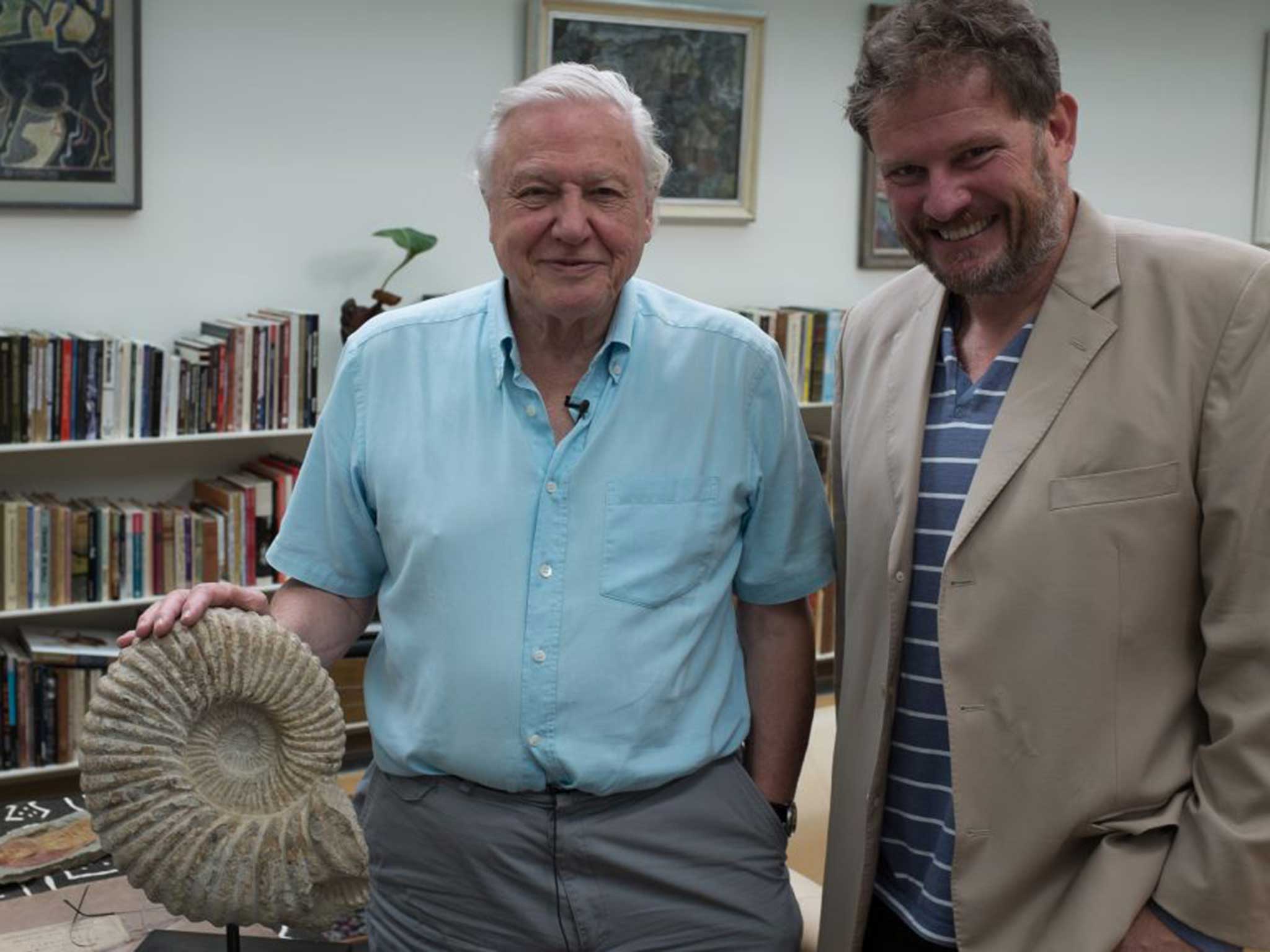Michael Hanlon: Science journalist who wrote for 'The Independent on Sunday' and founded the Jurassica visitor attraction
Hanlon was the founder and driving force behind Jurassica, an £85m project to create a paleontology-themed visitor attraction

The journalist Michael Hanlon made science compelling, thought-provoking and entertaining for his readers, especially for the young people he inspired through his children’s books. Whether writing for newspapers, or as a speaker on television or radio, he never shied away from controversial issues such as climate change and genetic engineering, and he was always ready to present well-informed and clearly-reasoned views.
Asked what one needs to write well about science, he replied with characteristic frankness, “You need to be able to spot an interesting story amid the ocean of white noise and misinformation, and this means, as often as not, a basic appreciation of the scientific method, possession of a functioning bullshit detector, some appreciation of statistics and so forth.”
Born in Bristol, Hanlon grew up in Dorset, his passion for science sparked on the county’s Jurassic coast, where he searched for fossils and first pondered the origins of life. Studying earth sciences at university, he recalled, he realised that he “did not have the head for figures that a career as a geologist requires”, so chose instead to work with words. He was a reporter until 1996 for the Irish News, whose former news editor Ben Webster remembered him as “force of nature ... full of life and full of new ideas.”
He then joined The Independent as a sub-editor, also writing on science and providing a weekly “Weather Wise” column on that favourite subject of British conversation. For the past 11 years he had been science editor of the Daily Mail. As a one-time climate-change sceptic, Hanlon had written in The Spectator in 2004, “The Day After Tomorrow, a profoundly silly disaster movie, managed to get itself splattered over the august pages of Nature, Science and New Scientist – thanks entirely to the fact that it dealt with global warming, enemy not only of seabirds but of clear thinking.”
But he saw the light six years later during a visit to Greenland, as he wrote in the Mail. “So why has Greenland convinced me that the climate change doomsters may be on to something?” he asked, explaining how the south of Greenland is now 3°C warmer – and therefore much greener – than 40 years ago. “A few days up here is certainly enough to blow a few sceptical cobwebs away,” he concluded.
While generally supportive of science, he harboured doubts about its role as a panacea. In an opinion piece on human gene editing for the Daily Telegraph last year, he wrote, “We are a long way away from all this being reality, but the scientists are right in saying we should be having this debate now. A world free of genetic disease, full of the super-bright, the beautiful and the fit may sound like heaven. But in reality it could resemble another place altogether.”
He wrote six science books, including the best-selling Science of the Hitchhiker’s Guide to the Galaxy (2005), a light-hearted look at the science behind Douglas Adams’ five-book series. And in 10 Questions Science Can’t Answer (Yet!): A Guide to Science’s Greatest Mysteries (2007), aimed at children, he tackled topics such as “Can I live forever, please?”
Hanlon was the founder and driving force behind Jurassica, an £85m project to create a paleontology-themed visitor attraction, bringing to life 200m years of history on the Isle of Portland, near Weymouth. He said of the scheme, which is due to be completed in 2021, “Although there will be dinosaurs, at the heart of Jurassica are the fantastical sea creatures of prehistoric Dorset – the beautiful ammonites and gargantuan, terrifying plesiosaurs and ichthyosaurs who swam through the Jurassic seas whose beaches and beds, in time, became the rocky cliffs of this lovely county.”
His vision remains as his legacy: a structure to be built on the site of a former Portland stone quarry, inspired by the domes of the Eden Project, with a lightweight translucent roof that will be almost invisible from the outside. He died following a heart attack at the age of 51, just after leaving a Jurassica board meeting. The project’s patron, David Attenborough, said, “Michael was a great visionary with a wonderful idea to bring the past to life, an idea without parallel.”
MARCUS WILLIAMSON
Michael Hanlon, journalist and author: born Bristol 20 December 1964; married Elena Seymenliyska (marriage dissolved; one son); partner to Alison; died London 9 February 2016.
Subscribe to Independent Premium to bookmark this article
Want to bookmark your favourite articles and stories to read or reference later? Start your Independent Premium subscription today.

Join our commenting forum
Join thought-provoking conversations, follow other Independent readers and see their replies